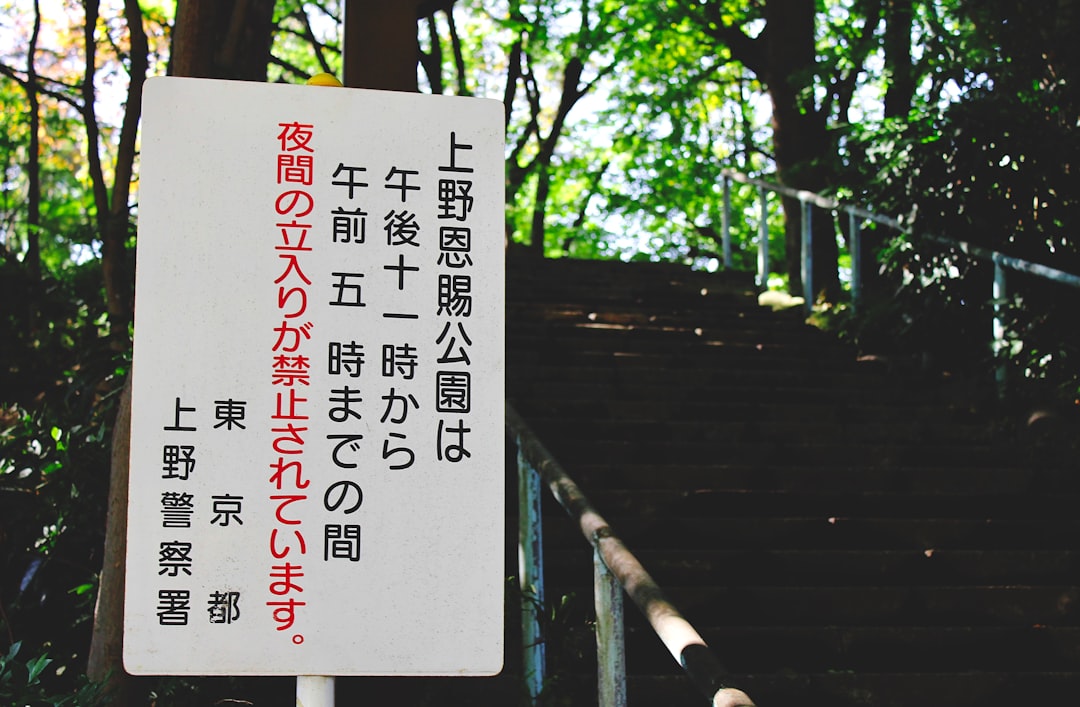In 2025, the demand for accurate, context-aware translation continues to grow exponentially. Whether for business communication, academic research, multilingual customer support, or literary adaptation, high-quality translation is at the heart of global connection. With AI tools like ChatGPT becoming more powerful, users now have the unique opportunity to harness this capability, provided they know how to craft effective prompts.
Ensuring precision in translation is not just about linguistic accuracy—it also involves tone, cultural relevance, technical terminology, and regional variations. To maximize ChatGPT’s potential, users need to approach prompting as a deliberate art. Below, we explore how to create effective prompts for high-quality translation across various use cases.
1. Crafting Clear Translation Prompts
The most reliable translations start with well-structured prompts. Ambiguities often lead to default assumptions that may not serve your purpose. Below are critical elements to include:
- Source and target languages: Clearly specify both. For example: “Translate from French to English.”
- Context: Explain where or how the translated material will be used: “This text is part of a legal contract,” or “It’s dialogue from a casual conversation.”
- Audience information: A business presentation for professionals may need a different tone than a blog post for teenagers.
- Style or tone: Specify if the tone should be formal, academic, friendly, or poetic.
Here is an example prompt: “Translate the following paragraph from Spanish to English. It is from a news article aimed at an international audience and should sound neutral and professional.”
2. Incorporating Terminology and Technical Consistency
For specialized domains such as law, medicine, or engineering, it is essential to maintain terminological consistency. Letting ChatGPT know which terms to keep untranslated or how to interpret them enhances fidelity. Your prompt might say:
“Translate from German to English. Maintain technical terms in English based on international standards. Example terms: ‘Schaltkreis’ = ‘circuit’, ‘Spannung’ = ‘voltage’.”
This guidance prevents errors related to incorrect interpretation of complex, domain-specific language.

3. Optimizing for Regional and Cultural Relevance
Differences exist between European Spanish and Latin American Spanish, or between Canadian French and Parisian French. For culturally nuanced translation, it’s crucial to localize your prompt. For instance:
“Translate from English to French, targeting a Canadian audience, using Quebecois expressions where appropriate.”
Such localization helps ChatGPT choose vocabulary and idiomatic structures that resonate with the intended cultural group, avoiding mistranslations or culturally awkward phrases.
4. Iterative Refinement and Review
ChatGPT’s dialogue format is well-suited for refining translation incrementally. Start with a base translation, then guide the model with follow-up prompts:
- “That translation was too formal. Can you rewrite it in a more conversational tone?”
- “Can you preserve the poetic structure of this line during translation?”
- “Highlight any phrases that might not translate well culturally.”
This iterative engagement ensures a polished final product while educating users on the subtle layers of multilingual communication.
5. Advanced Prompt Strategies
To go beyond literal translation, especially for literary or creative works, consider asking ChatGPT to:
- Rephrase for style compatibility: Ensure the rhythm and tone match the original.
- Offer multiple interpretations: Let the model present varied translations to choose from.
- Annotate meaning or idiomatic expressions: Helps the user understand cultural nuance and choose best-fit translations.
Prompt example: “Translate this Japanese haiku into English, maintaining its 5-7-5 structure and poetic imagery. Offer two variations with different emotional impacts.”

6. When to Use Human Oversight
Even the most advanced AI models have limitations. In high-stakes scenarios such as legal documentation, governmental communication, or sensitive health materials, human review by certified translators remains crucial. ChatGPT can be a powerful aide, producing drafts or suggesting revisions—but its outputs should be audited where precision is non-negotiable.
Conclusion
Effective translation in 2025 goes far beyond automated word substitution. With the careful construction of prompts, ChatGPT can deliver translations that are not only linguistically accurate but also culturally and contextually nuanced. Whether you’re a multilingual content creator, corporate communicator, or language learner, understanding how to prompt correctly transforms AI from a tool of convenience into a partner in global communication success.
By following these strategies and remaining aware of both AI’s strengths and its limitations, users can harness the full potential of ChatGPT for producing truly high-quality translations.




